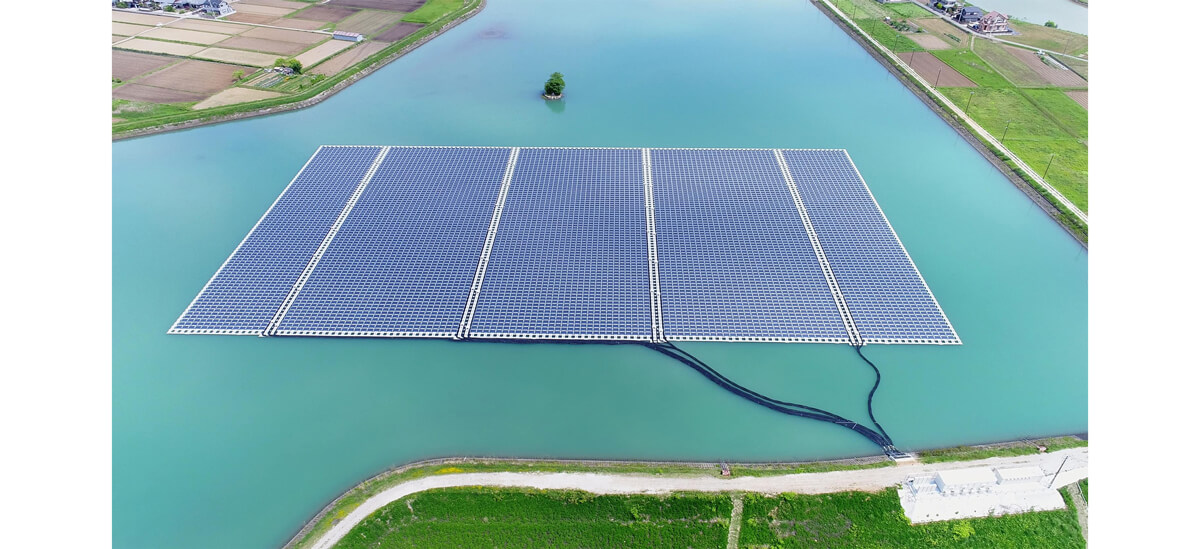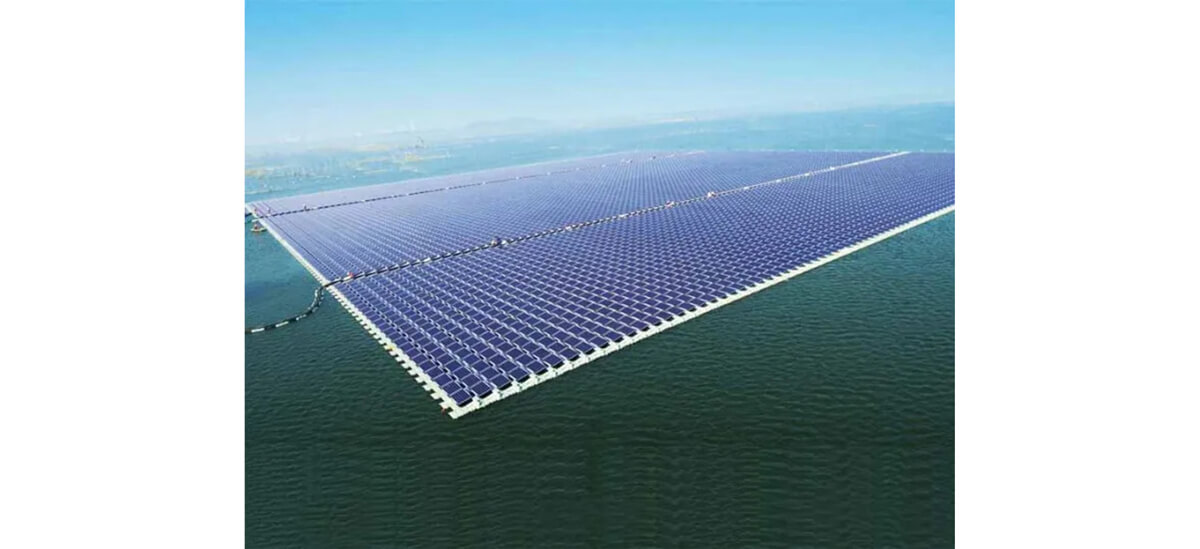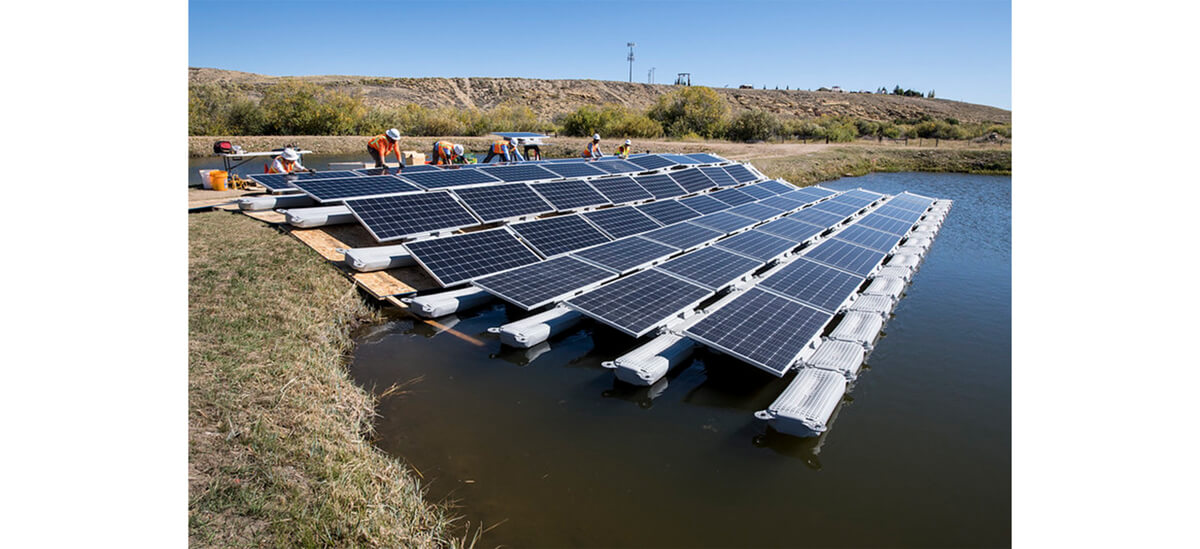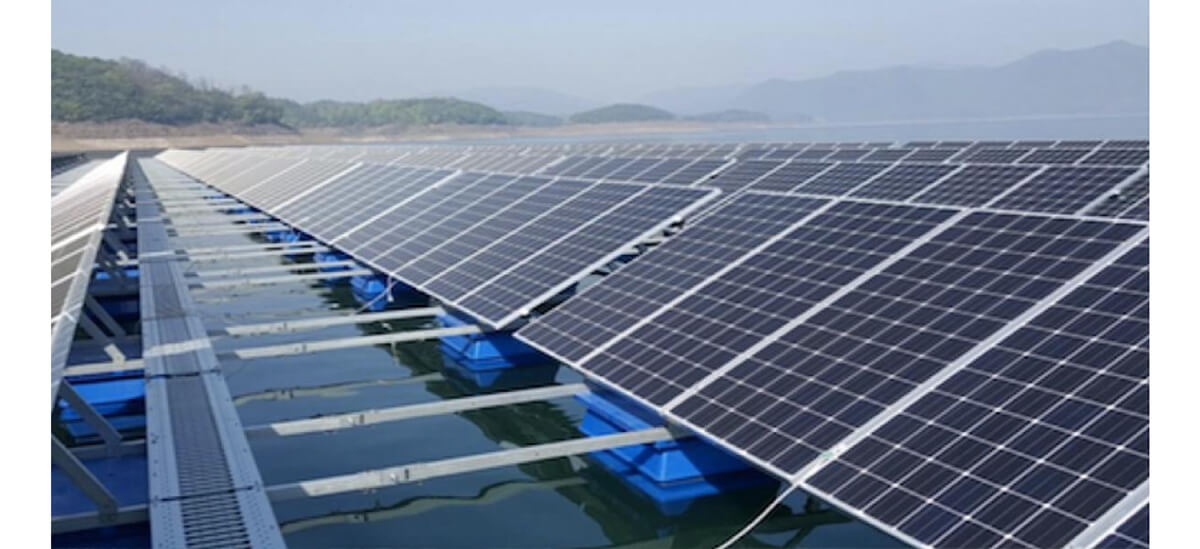In recent years, the growing need for sustainable and renewable energy sources has spurred innovation in the field of solar power. One intriguing development in this regard is the installation of solar energy systems on water bodies. By utilizing the vast surface area of lakes, reservoirs, and even the open sea, these floating solar power plants hold great promise for meeting our energy needs while minimizing the environmental impact. This essay explores the concept of solar energy systems installed on water, highlighting their advantages, challenges, and potential for a greener future.

1. Harnessing the Power of Water:
The placement of solar energy systems on water offers numerous advantages over conventional land-based installations. Firstly, water surfaces provide an abundant resource, with an estimated potential of 400 TW globally, capable of meeting a significant portion of our energy demands. Furthermore, floating solar arrays take advantage of the water's cooling effect, which increases the efficiency of photovoltaic (PV) panels, allowing for higher energy output. This cooling effect also extends the lifespan of the panels, reducing maintenance costs and enhancing overall system performance.

2. Environmental Benefits:
Floating solar energy systems also contribute to a range of environmental benefits. Firstly, they utilize previously underutilized areas, minimizing land usage and potential conflicts with agriculture or wildlife conservation efforts. Moreover, the shading effect created by floating PV panels reduces water evaporation, thus conserving precious water resources. Additionally, these systems can mitigate algae growth by reducing the amount of sunlight reaching the water, enhancing water quality and biodiversity. By producing clean, renewable energy, solar power plants on water help reduce greenhouse gas emissions and combat climate change, fostering a sustainable future.

3. Challenges and Solutions:
While the concept of solar energy systems on water holds immense potential, it is not without its challenges. One significant concern is the stability of floating platforms in harsh weather conditions such as storms or strong winds. However, modern engineering techniques have been developed to address these challenges, incorporating innovative anchoring systems, flotation materials, and robust structural designs. By ensuring the stability and durability of these platforms, the risk of damage can be minimized.
Another concern relates to the impact of solar panels on water ecosystems. However, research suggests that with proper planning and monitoring, these impacts can be mitigated. For instance, installing panels with sufficient spacing allows sunlight to penetrate the water, supporting underwater ecosystems. Furthermore, implementing bird-friendly designs and adopting environmentally conscious operational practices help protect avian and aquatic life.

4. Economic Viability:
Apart from environmental considerations, the economic viability of floating solar power plants plays a crucial role in their widespread adoption. The costs associated with land acquisition and land-based infrastructure are often reduced, making floating solar a cost-effective alternative. Moreover, the cooling effect of water enhances energy production, increasing the overall efficiency of the system. As technology continues to advance and economies of scale are realized, the cost of floating solar energy systems is expected to decline further, making them increasingly competitive with traditional energy sources.

5. Case Studies and Future Potential:
Several countries have already recognized the potential of floating solar energy systems. For example, China, Japan, and South Korea have successfully deployed large-scale projects on water bodies, capitalizing on their extensive coastlines, reservoirs, and lakes. These projects have demonstrated the technical feasibility, environmental benefits, and economic viability of floating solar systems.
Looking forward, the future potential of floating solar is vast. As more countries embrace renewable energy targets, floating solar can play a pivotal role in their energy transition plans. Additionally, ongoing research is focused on increasing the efficiency of floating PV panels, exploring new materials, and integrating energy storage technologies. By combining floating solar with other renewable sources such as wind and tidal energy, hybrid systems can be developed to maximize energy generation.
Solar energy systems installed on water offer a compelling solution to our pressing energy and environmental challenges. They harness the power of the sun, utilizing vast water surfaces to generate clean, renewable energy. With their numerous advantages, including efficient energy production, environmental benefits, and economic viability, floating solar power plants hold immense potential for a greener future.
The deployment of floating solar energy systems comes with its fair share of challenges, such as stability and environmental concerns. However, through continuous innovation and engineering advancements, these challenges can be effectively addressed. By implementing robust designs and anchoring systems, floating platforms can withstand harsh weather conditions, ensuring the safety and durability of the installations. Simultaneously, responsible planning and operational practices, such as bird-friendly designs and environmental monitoring, can mitigate potential impacts on water ecosystems.
The economic viability of floating solar power plants further strengthens their case. With reduced land acquisition and infrastructure costs, these installations offer a cost-effective alternative to traditional land-based solar projects. The cooling effect of water enhances energy production, increasing overall efficiency. As technology advances and economies of scale are realized, the cost of floating solar systems is expected to decrease, making them even more competitive in the energy market.
Several countries have already made significant strides in implementing floating solar energy systems. China, Japan, and South Korea, for example, have demonstrated successful large-scale projects, showcasing the technical feasibility and benefits of these installations. As more nations prioritize renewable energy and set ambitious sustainability targets, floating solar power plants can play a crucial role in their energy transition plans.

Looking ahead, the potential of floating solar is promising. Ongoing research and development efforts aim to increase the efficiency of PV panels, explore new materials, and integrate energy storage technologies. By combining floating solar with other renewable sources in hybrid systems, such as wind and tidal energy, we can maximize energy generation and ensure a more resilient and sustainable energy infrastructure.
Solar energy systems installed on water bodies offer a compelling solution to our energy and environmental challenges. These floating power plants harness the power of the sun, leveraging the vast surface area of lakes, reservoirs, and oceans. With their efficient energy production, environmental benefits, and economic viability, floating solar represents a pathway towards a greener future. By investing in and scaling up these installations, we can move closer to a sustainable and renewable energy landscape, reducing our reliance on fossil fuels and mitigating the impacts of climate change.










